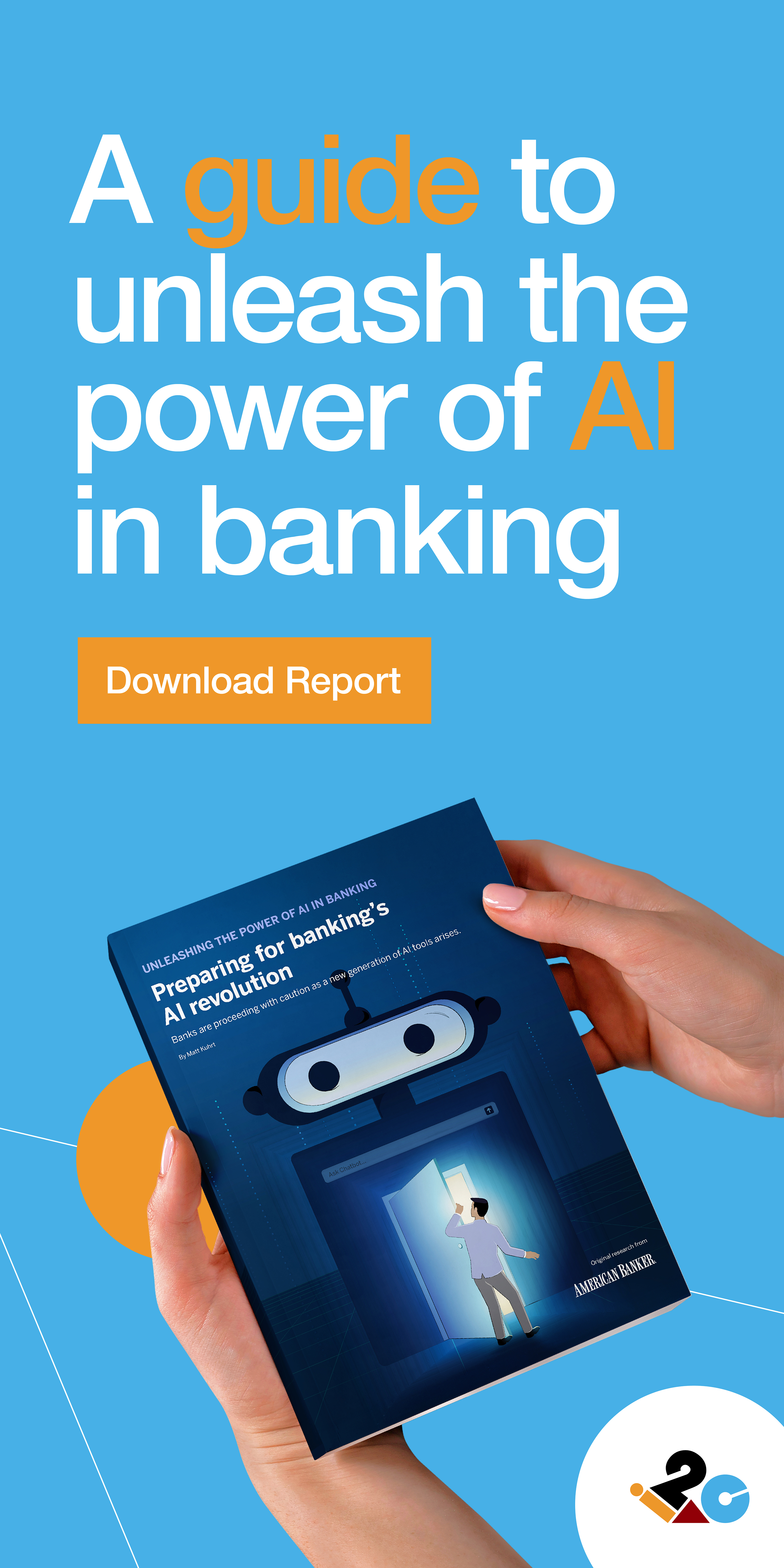Financial institutions embrace solutions that enhance accuracy, cost-effectiveness, and profitability. Some already utilize traditional Artificial Intelligence (AI) tools at scale to execute tasks that rely on pre-defined rules and patterns. Over time, these AI tools have improved decision-making processes.
However, to exponentially improve business efficiencies, the industry needs AI tools to go above and beyond routine tasks based on pre-defined models and classification criteria. This is where generative AI comes into its own!
In recent months, generative AI programs like ChatGPT for text and MidJourney for image generation have redefined the expectations for AI output. Trained on a vast corpus of documents, they can more efficiently identify important information from unstructured data than ever before.
This ability enables improved query comprehension and performance output compared with traditional keyword-based Natural Language Processing (NLP) systems.
These seemingly human capabilities hold much promise for the future. From redefining the customer experience to improving risk assessment and fraud detection, generative AI’s many and varied applications could potentially transform the financial services industry.
1. Introducing i2cGPT
In late 2023, i2c will launch its i2cGPT chatbot to help customers converse with our vast knowledge base. We are extremely excited to bring you i2cGPT and would sincerely welcome your feedback after it has been launched.
Using GPT3.5, the foundation of the wildly popular ChatGPT, i2cGPT uses a state-of-the-art technique called Retrieval Augmented Generation to generate accurate and relevant responses based on the totality of our knowledge base.
This technique converts all our knowledge base articles into concepts and then generates text-based responses most relevant to the customer’s query. In order to maintain privacy and compliance safeguards, all chat logs and history will be stored within i2c’s secure data centers.
At the same time, we are investigating other application areas including customer service, fraud detection models, risk assessment and compliance.
These concepts will be explored in the sections that follow.
2. Supercharging Customer Service
Customer Service is the leading driver of customer satisfaction, retention, profitability, and lifetime value. In fact, a recent McKinsey study found that improving customer service can increase revenues by 2% – 7%.
Since much of customer service is based on language-based interaction, financial institutions are increasingly beginning to focus on Conversational AI. This technology utilizes chatbots and virtual assistants—augmented with NLP and advanced Machine Learning (ML)—to simulate sophisticated and more “human” conversations.
NLP enhances customer experience, is scalable, and offers better support as it integrates seamlessly with other systems. Some areas where NLP can help to automate customer service interactions include:
- Customer On-boarding
- Advisory Services
- Troubleshooting and Dispute Handling
- Sales and service compliance
i2c already uses NLP to manage compliance in our call centers. A transcription engine collects, transcribes, and analyzes call center voice recordings to cultivate the cardholder experience, evaluate the effectiveness of staff training, and improve customer service quality. We also analyze call transcripts to detect socially engineered fraudulent behavior like account takeover and friendly fraud.
3. Transforming Fraud Management into a Profit Generator
Digital preferences have made payment fraud an area of growing concern in the United States. In 2022, according to Statista, fraud across all payment types amounted to more than $4.5B. Card-based fraud is one of the most significant expense lines for banks and financial institutions, with U.S. issuers expected to lose over $165 B to it in the next ten years.
The best customer experience balances the access to, and protection of, funds. Because minor improvements in fraud prevention can significantly impact the bottom line, financial institutions have invested in ML models trained on an enormous set of classified data to detect fraudulent transactions. However, these ML models can create FALSE positives (authentic sales classified as fraud and excluded from being recorded as a legitimate sale).
Here, generative AI tools can improve results for two reasons:
- Unsupervised models build a comprehensive and rich picture of what is considered usual behavior based on the training data.
- Generative AI allows fraud strategists to quickly generate examples of new attack methods to train their rules and models to stay one step ahead of online criminals and fraudsters.
Generative AI is also being applied to our Fraud Engine, a suite of proprietary tools that detect, report, and manage fraud and risk. We have applied AI and ML techniques to augment our customizable rules-based logic to develop a continuously evolving platform that detects nascent fraud patterns quickly and accurately. Our enhanced Fraud Engine minimizes customer inconvenience by evolving in near-real time to counter emerging threats and secure the bottom line.
4. Making Risk Assessment and Compliance Monitoring Revenue Drivers
Risk assessment is a critical step in consumer and corporate finance. It relies on metrics like credit scores and ratings. Over time, banks have built many robust models using financial indicators like savings, income, and assets to further assess the risks associated with lending. While these have worked in the past, they are increasingly viewed as sub-optimal in a digital world where individual potential, transactional intent, and social networks may be more critical in assessing risk than a thin credit file.
Generative AI creates risk models based on the properties of any data set and the relationships between many complex variables. As such, it is ideally suited to meet the needs of a flexible risk management infrastructure. Generative AI can increase systemic robustness without sacrificing revenue growth in three critical areas:
- Risk assessment: Large language models allow banks to synthesize and summarize vast quantities of internal and public data to provide human decision makers actionable insights rather than an organized and structured data table for further analysis.
- Credit scoring and loan approvals: Banks can use unstructured data and qualitative factors (like social media activity, online behavior, and transaction patterns) to assess a consumer’s ability to repay a loan.
- Regulatory compliance: Generative AI techniques help banks to automate the extraction, analysis and organization of data while minimizing human error.
How i2c can support your Generative AI goals?
Generative AI’s time has come. However, finding the right partner to support planning, development, and execution is critical. With our deep understanding of payment processing, product development, machine learning, and natural language processing, i2c may be the ideal partner to assist your generative AI implementation goals.
i2c is also exploring other functional areas where generative AI models could optimize organizational workflows. These initiatives include:
- Customized marketing campaigns
- Interview designs for new hires
- Voice banking support
- Credit risk insights
Stay tuned as we expand our library of generative AI capabilities.
Contact us today to learn more.



